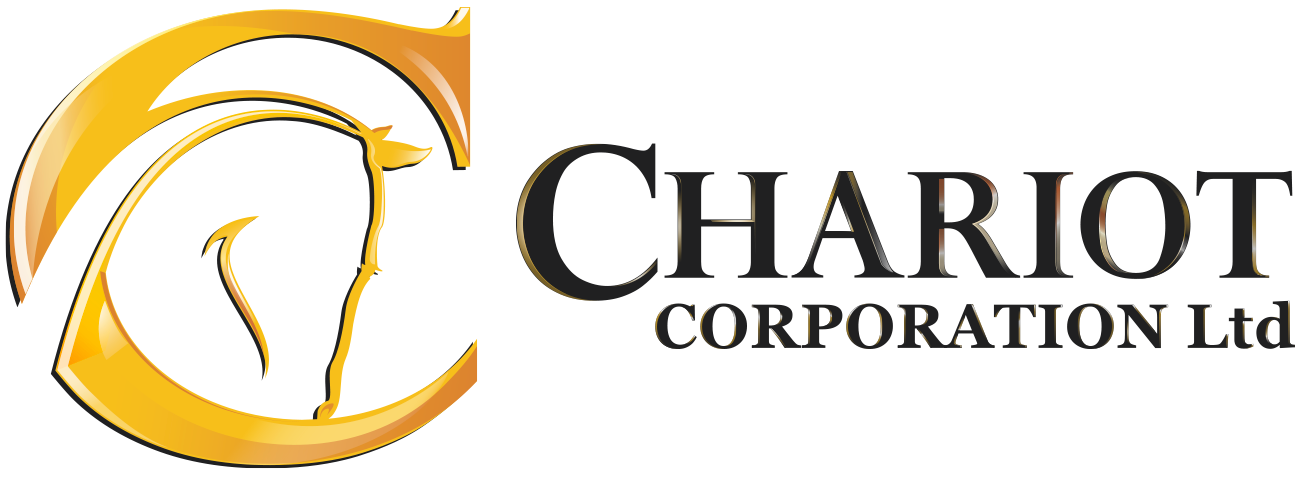Location
The Resurgent Project is located in Humboldt County in northern Nevada and Malheur County in southern Oregon. The Resurgent Project is subdivided into two principal claim areas, identified as ‘Resurgent North’ and ‘Resurgent East’. The project neighbours two of the largest lithium mineral resources in North America with a combined MRE of over 40mt LCE.
Chariot has by virtue of the Resurgent Project the largest land position in the eastern half of the McDermitt Caldera and encompasses 1,212 unpatented lode claims (10,137 ha).
